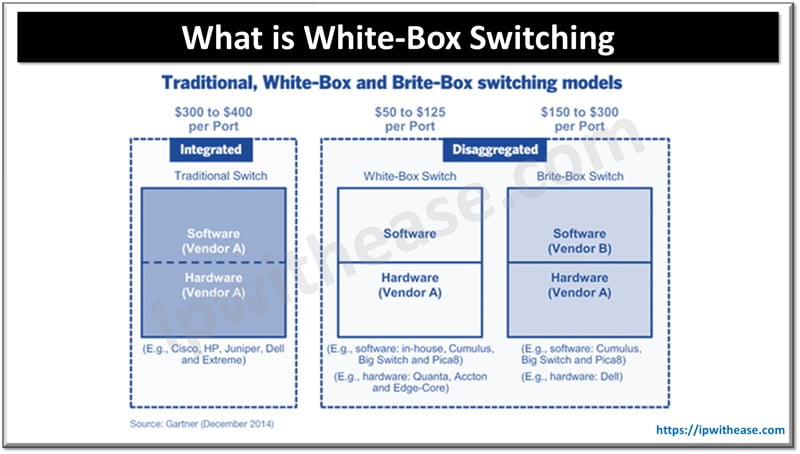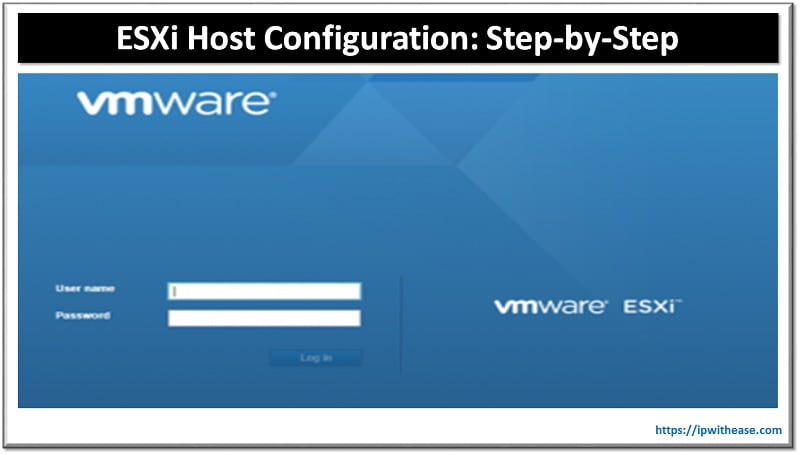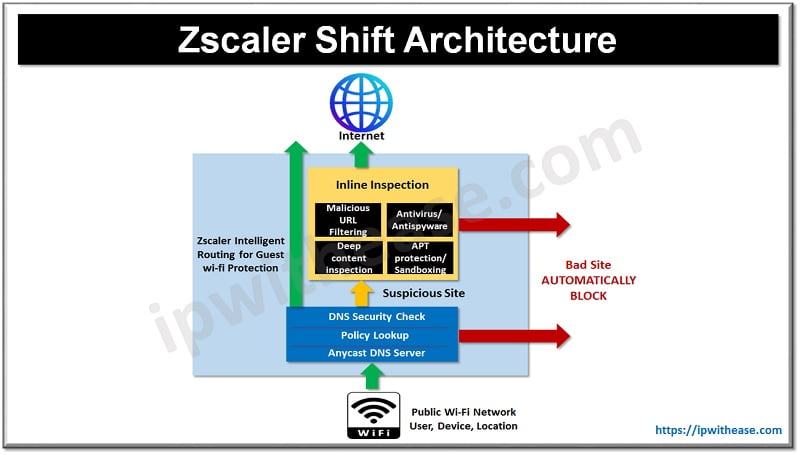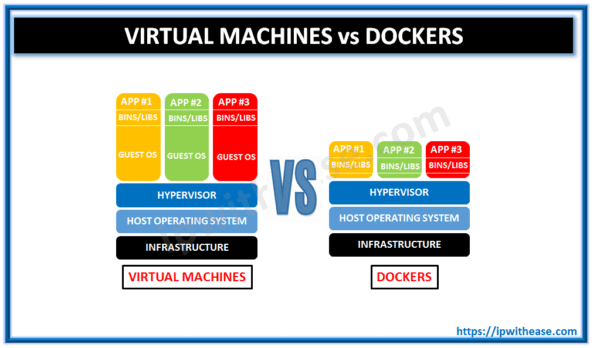Table of Contents
White-Box Switching: Understanding the Concept
White-box switching isn’t a new idea. Original Equipment manufacturers (OEMs) have been building hardware for vendors for many years. These vendors take the OEM hardware, install their operating system, and sell the unit as a bundle, often attaching a support contract.
What’s new about white-boxes switches is that the OEM will now sell the hardware directly to the customer without an operating system. Manufacturers such as Quanta Cloud Technology (QCT) and Accton offer a range of data center switches. These can be purchased at a cheaper rate compared to similar switches from traditional networking vendors, due to the fact they have no operating system installed.
The second component of a white-box switch comes from vendors offering operating systems that can run on a variety of hardware switching platforms, which allows us to install our own software on hardware that may come from different suppliers.
Purchasing the hardware and software independently of each other offers several advantages. The acquisition cost is generally lower than a traditional vendor. The flexibility of the platform also is very useful. Many OS vendors base their OSs on Linux, which gives programmers and developers the ability to customize the platform to their needs.
Making the Switch
Let’s get a deep insight whether we are ready to install white-box switches in our network –
- Application-focused networking companies will quickly find the flexibility of white-box switches fascinating. The ability to heavily customize the operating system to provide high performance is very important for some lines of business, such as financial trading. Developers can customize the system to limit unneeded processes and concentrate the processing power of the switch on the important features. This leads to a lean, custom switch platform that provides peak performance for a narrow range of uses.
- Customers with highly unique support needs also benefit from white-box switches. Through the separation of software and hardware, customers can obtain different support levels for hardware and software. The lower acquisition cost for the hardware allows for spare units to be held at the ready for quick replacement. Having a software platform that is independent of the hardware also allows support engineers to debug it easily and provide relevant output to the networking team.
- Finally, organizations with very strict monitoring and availability requirements may benefit greatly from the customizable aspects of white-box switching. The most recent example of this customization is the Facebook Wedge open switching platform. One of the biggest reasons why Facebook chose to develop Wedge was to have the ability to integrate the monitoring of the platform into the existing system monitoring suite.
This isn’t something that can easily be accomplished with a traditional vendor product. With a white-box switch, the OS can be reconfigured to support an existing availability monitoring suite.
Challenges of White-box Switching
Benefits aside, white-box switching isn’t a great fit for all networks. Organizations with extensive training on a specific vendor’s platform won’t see huge benefits.
- Customers that feel comfortable having a comprehensive support contract may feel better with the “one throat to choke” model that traditional vendors offer. It should be noted that Cumulus Networks does offer a similar support model for hardware on its hardware compatibility list.
- Small- and medium-size networks won’t see the same advantages that large and hyper-scale organizations get from making the move to white-box switching. If you are buying hundreds of thousands of dollars worth of networking gear, saving 25% to 50% justifies any issues you might have retraining on a different user interface. If you are only purchasing three or four units, that cost savings won’t balance out with the learning curve of deploying new equipment.
- While white-box software vendors have taken steps to reduce the time it takes to install their equipment, an engineer trained on traditional vendor equipment will still require time to install and configure an OEM switch with Cumulus or Big Switch software. For the SME looking to deploy white-box switches, a phased approach or pilot lab installation would be more practical today.
However, many networking shops that are looking forward to their next purchasing cycle in 12 months to 18 months would do well to investigate white-box switch options along with quotes from traditional networking vendors.
While the advantages of current white-box platforms may not be enough to tip the scales of your purchasing decision in favor of the technology, it may open your eyes to the possibilities that are available to you today and give you a roadmap to your next purchasing decision.

What is White-box Switching and White-box Switches?
White box switches refers to the ability to use ‘generic,’ off-the-shelf switching (or white box switching) and routing hardware, in the forwarding plane of a software-defined network (SDN). White box switches are really just that – ‘blank’ standard hardware. They represent the foundational element of the commodity networking ecosystem required to enable organizations to pick and choose the elements they need to realize their SDN objectives.
- White box switches rely on an operating system (OS), which may come already installed or can be purchased from a software vendor and loaded separately, to integrate with the deploying organization’s Layer 2/Layer 3 topology and support a set of basic networking features.
- A common operating system for white box switches is Linux-based because of the many open and free Linux tools available that help administrators customize the devices to their needs.
- Traditional switches and routers generate and maintain their own forwarding and routing tables that can, generally speaking, broadcast to neighboring switches and routers.
- A white box switch may come pre-loaded with minimal software or it may be sold as a bare metal device. The advantage of this approach is that switches can be customized to meet an organization’s specific business and networking needs.
White-box Switching in SDN Environments
Within an SDN environment, the apps running on top of the SDN Controller are what provide the higher level orchestration and programmability of the network. The SDN Controller uses OpenFlow (or another southbound API) to program the forwarding table of the white box switches and dictate how to route connections to accomplish the appropriate tasks for the applications. Because they are so flexible, white box switches an also be used to support a range of open source management tools, including OpenStack, Puppet, and Chef.
Some industry onlookers have questioned the market potential of white box switching, noting they are likely attractive to organizations who are looking to extract value out of their infrastructure and drive revenues, versus those who are running the network as a tool and IT expense. Examples of vendors offering white box switches include Accton, Celestica, and Quanta Computer.
- White box networking refers to the ability to use “generic,” off-the-shelf switches and routers within the forwarding plane of a software-defined network (SDN). Consider white box networking and switches as a “blank” standard that provides users with the foundational hardware element(s) of a network. A common operating system for white box switches is Linux-based, due to its high availability of free and open tools.
- White box switches differ from traditional switches and routers in their lack of intelligence; while traditional switches and routers generate and maintain their own forwarding and routing tables, white box switches cannot do this. In SDN environments, applications on top of the SDN Controller offer this higher-level intelligence by using OpenFlow to dictate connection routes and tasks.
Continue Reading:
SDN vs SD-WAN: Understand the difference
White-Box Cryptography: Everything You Need to Know
ABOUT THE AUTHOR

You can learn more about her on her linkedin profile – Rashmi Bhardwaj



